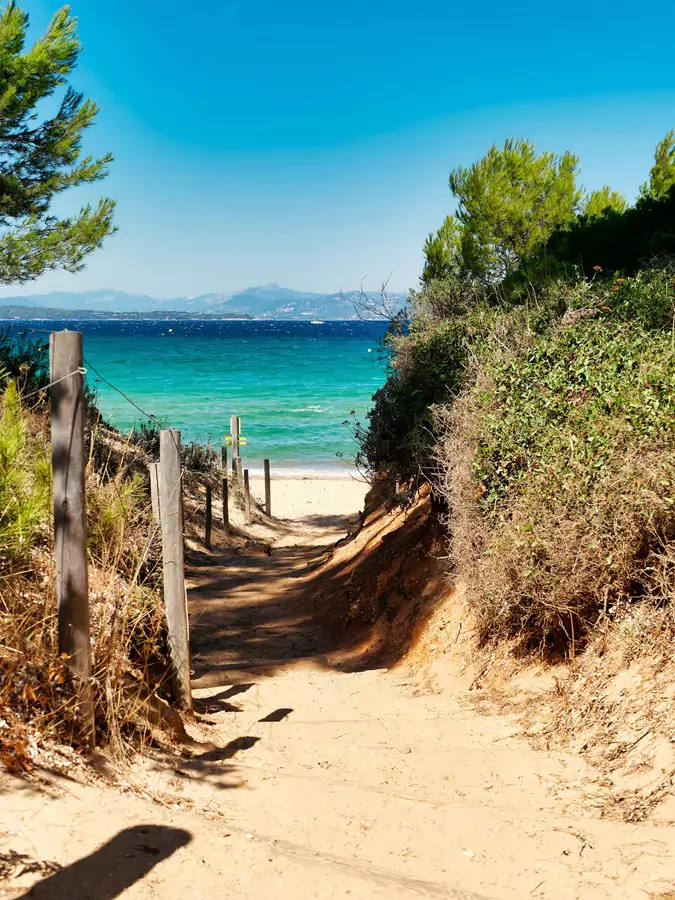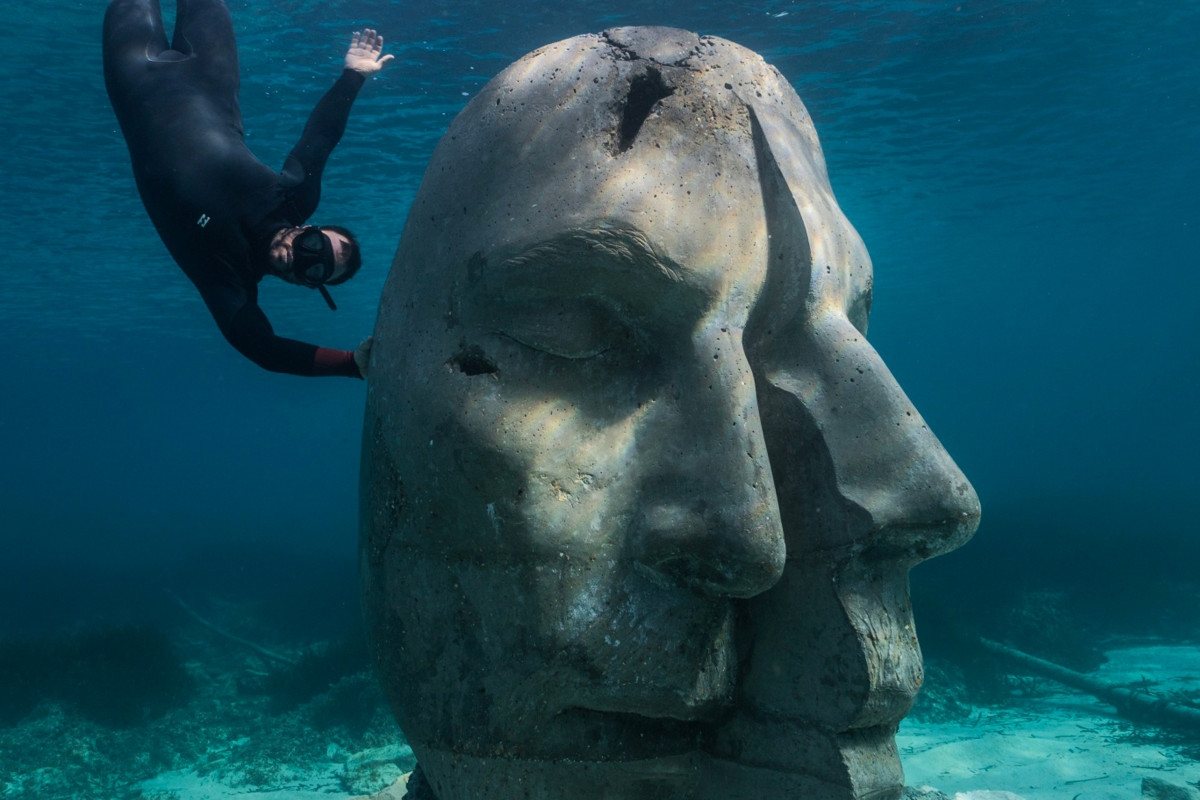From sunken wrecks in Monaco to the crystal-clear waters of the Esterel coastline, an underwater museum off Cannes and a series of caves between Nice and the Cap Ferrat peninsula, there are countless incredible diving sites to discover and explore along the Côte d’Azur. Here are some of our favourites.
The ideal time of year for scuba diving in the region is between May and September, when sea temperatures range from 20 to 29°C, but those willing to tolerate cooler waters will be pleased to learn that sea temperatures rarely drop below 13 or 14°C, even in the depths of winter.
There is a wealth of different diving sites to visit on the French Riviera, whether you are a seasoned pro or come armed with only your mask and snorkel, so let’s dive in and explore some of the best.
Marine reserves
The Port Cros National Park is the oldest marine reserve in France and indeed in Europe. Found off the coast of Hyères, the park encompasses some 29sqkm and is home to hundreds of native species of flora and fauna.
Among the top dive sites within the park are La Gabinière, which is celebrated for its dramatic underwater cliffs, and La Pointe de la Galère, where schools of fish dart in and out of rocky reefs. Snorkellers can enjoy the rich variety of life living within these protected waters by visiting either of the two main islands, Port Cros itself or Porquerolles, or the nearby Île du Levant, although this latter spot is a nudist colony!

The Réserve Marine du Cap Roux covers the stretch of coastline between Cannes and Saint Raphaël that hugs the Esterel mountain range. This area is like another world; red rocks plunge into scintillating waters that teem with life thanks to widespread restrictions on fishing. There are caves and reefs below the waterline, and dramatic cliffs and beautiful beaches above. Parking is limited along this part of the coast, so be sure to get there early to enjoy the best spots.
Wrecks
Monaco is home to the wreck of Le Toulonnais, a tugboat that once called Port Hercule home. Located in the waters just off the Musée Océanographique de Monaco, the vessel was intentionally submerged decades ago with the goal of creating an artificial reef for marine life.
Read more: The islands of the French Riviera that you might not have heard of
Other popular dive sites further along the coast include: the Donator cargo ship near the Porquerolles island; the Rubis submarine off the Cap Camarat, which is home to Saint Tropez’s iconic lighthouse; and Le Ramon, a vessel found in shallow waters in Cavalaire-sur-Mer.
Scuba diving and snorkelling sites
There are dozens of easy-to-access diving sites along the Riviera, from those off the Saint-Jean-Cap-Ferrart peninsula – La Pointe Caussinière stands out as one of the area’s most spectacular – to the Cap d’Antibes.
See more: Cap d’Antibes: Prince Albert II cuts the ribbon at new coastal Posidonia museum
For more adventurous – and experienced – divers, there are also a number of underwater caves, such as the Grotte du Sémaphore near Villefranche-sur-Mer.
The Crau Nao is another prime spot for well-prepared divers, while the Grande Baie on the western side of the Cap Ferrat peninsula is suitable for all abilities.
One of the most exciting dive sites in the region is Cannes’ Ecomusée Sous-Marin, which lies off the southern shore of Île Sainte-Marguerite, the largest of the four Lérins Islands.
Visitors are invited to explore, for free, six colossal sculptures in waters ranging up to five metres in depth. The artist who created these 10-tonne works, Jason deCaires Taylor, is said to have been inspired by the faces of locals living on the mainland.
Monaco Life is produced by real multi-media journalists writing original content. See more in our free newsletter, follow our Podcasts on Spotify, and check us out on Threads, Facebook, Instagram, LinkedIn and Tik Tok.
Photo credit: Ville de Cannes
